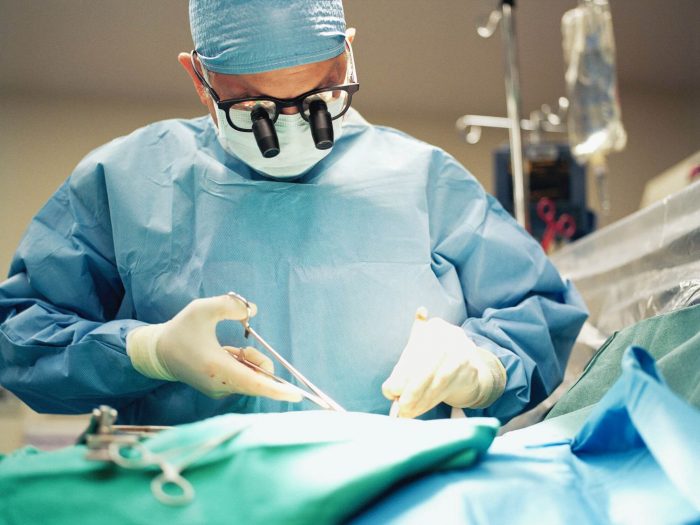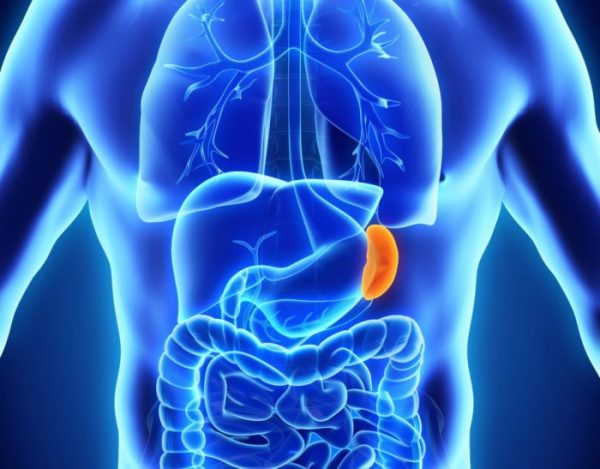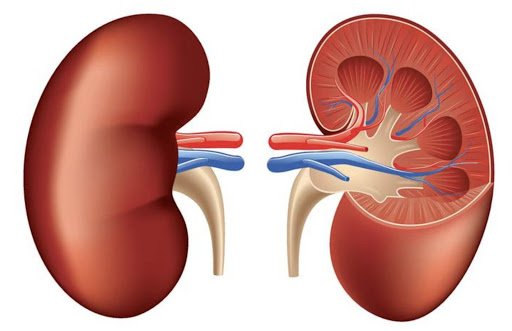ABOUT HERNIA REPAIR
Hernia repair is a surgical procedure performed to repair a hernia, which occurs when tissues or organs protrude through the wall in which they are contained. There are different types of hernias that can occur and these include inguinal hernia, hiatal hernia, and umbilical hernia.
An inguinal hernia occurs when a section of the intestine or soft tissues protrudes through the abdominal wall, and can be felt beneath the skin. This results in pain which ensues with certain movements such as bending. While some inguinal hernia have no clear cause, it can often be caused by a weak area in abdominal wall or by pressure that builds up in the abdomen. This type of hernia may go away by itself, however, the doctor may recommend surgery to avoid any complications. An inguinal hernia occurs in the groin. It is also more common to occur in men in comparison to women, with around 25% of men suffering from an inguinal hernia at some point in their lives.
A hiatal hernia forms when pressure is put on the stomach and due to weakened muscle tissue, the stomach pushes into the diaphragm. The hiatus is a part of the body that is located at the opening of the diaphragm, and it is through this opening that the stomach pushes through an up into the chest cavity. This type of hernia can be caused by certain movements, excess weight, or if the patient is born with a large hiatus. Patients with a hiatal hernia may experience chest pain or heart burn. It commonly occurs in patients over the of 50, or in patients who are obese. Most patients with this hernia do not require treatment other than taking medication to treat heart burn or acid reflux. However, in some cases surgery may be performed.
An umbilical hernia is a type of hernia that most commonly occurs in babies, however, it can also occur in adults, usually in women more than men. The umbilical hernia creates a bulge near the navel and is caused when the muscles where the umbilical cord was attached before birth, do not fully close in the abdomen. The intestine may then protrude through this opening, causing a hernia. The hernia can often be pushed by back in, and the opening will often close. However in adults, surgery is often performed to treat the hernia.
Depending on the type of hernia and on the surgical approach chosen by the surgeon, hernia repair can be performed laparoscopically or as open surgery. After surgery the surgery, it may make 4 to 6 weeks before the patient can return to normal activities. However if the surgery is performed laparoscopically, then the recovery period is usually quicker.
Recommended for
- Hernia that is causing pain
TIME REQUIREMENTS
- Number of days in hospital: 1 – 3 days.
This is sometimes performed as an outpatient procedure, but may require a hospital stay.
- Average length of stay abroad: 1 – 2 weeks.
After abdominal surgery, patients should get approval from their surgeon before flying. Traveling too soon after abdominal surgery could result in tearing the sutures. Patients may also find it uncomfortable to carry luggage or sit for long periods.
- Number of trips abroad needed: 1.

COMPARE HERNIA REPAIR PRICES AROUND THE WORLD
| Country | Cost |
|---|---|
| Spain | 1791€ |
| Thailand | 1484€ |
| Mexico | 1346€ |
| Tunisia | 1346€ |
| Hungary | 1300€ |
| Poland | 1102€ |
| India | 822€ |
HOW TO FIND QUALITY TREATMENT ABROAD
BEFORE HERNIA REPAIR ABROAD
The doctor will examine the hernia and will take the patient’s full medical history. Depending on the location and severity of the hernia, the doctor will recommend either open or laparoscopic surgery.
HOW IS IT PERFORMED
An inguinal hernia repair can be performed as an open surgery or laparoscopically, depending on the size and condition of the hernia.
Open surgery involves making an incision in the groin and pressing the bulging intestine back in to the abdomen. The gap in the abdominal wall is then closed with sutures or by strengthening it with a synthetic mesh patch, to prevent the hernia from reoccurring.
Laparoscopic surgery is less invasive and involves making small incisions in the abdomen, through which a laparoscope with a camera and light is inserted. The surgeon will attach special instruments to the laparoscope in order to repair the hernia.
Hiatal hernia is repaired usually through laparoscopic surgery, similarly to laparoscopic inguinal hernia repair, by making small incisions and inserting the laparoscope inside.
Umbilical hernia surgery is generally only performed on adults and involves making an incision in the navel to return the tissue back into the abdomen and stitching the weakened wall opening with sutures or placing synthetic mesh in the wall to strengthen it.
Anesthesia
The procedure is often done with general anesthetic, but in some cases a local anesthetic may suffice.
Procedure duration
The Hernia Repair takes 1 to 1.

WHAT TO EXPECT AFTER HERNIA REPAIR
Post procedure care
After the procedure, patients should relax for several weeks and avoid heavy lifting or anything which could cause the wound to open or become infected.
Possible discomfort
Some swelling and discomfort is to be expected after the procedure. The swelling is best treated using an ice pack for 20 mins every hour or so.
IMPORTANT THINGS TO KNOW ABOUT HERNIA REPAIR
Potential risks
- Infection
- Accidental perforation of abdominal or colorectal organs
- Return of the hernia
FREQUENTLY ASKED QUESTIONS
Hernia repair surgery is recommended in cases where the hernia is causing discomfort in daily life, or poses a risk of strangulation – e.g. if part of your bowel or muscle is poking out beneath the skin.
Usually, an ultrasound scan will be performed to assess the nature of the hernia.
Cases of emergency surgery may be performed where strangulation has occurred (i.e. a piece of muscle or bowel is trapped and not receiving a blood supply) or if a blockage has occurred in the bowel. In cases where there is sudden pain, constipation, or nausea, patients should visit a hospital immediately for treatment.
If a hernia is not considered a risk, and isn’t causing pain, then the doctor may recommend simply keeping an eye on it. While hernias usually don’t heal by themselves, some can exist for many years without causing problems. This is sometimes called “watchful waiting.”
Hernia surgery can result in soreness and difficulty doing physical activities during the first few weeks. Painkillers can help to control this pain, however patients may find certain positions uncomfortable, for example standing up straight.
It is a good idea to prepare for 1 to 2 weeks of recovery time to avoid putting any strain on the incision site, and to be able to relax.
In hernia surgery, the surgeon will often place a mesh over the weakened part of the muscle where the hernia occurred. This acts as a fortification, preventing the hernia from happening again.
A hernia happens when there is a weak spot, for example in the abdominal wall. Inguinal hernias are common in men, because there is an area close to the groin where the internal organs and bowels can bulge out. Often, this happens by itself, but in some cases it can occur as a result of a sudden movement.















